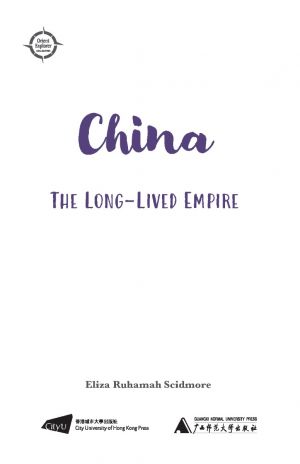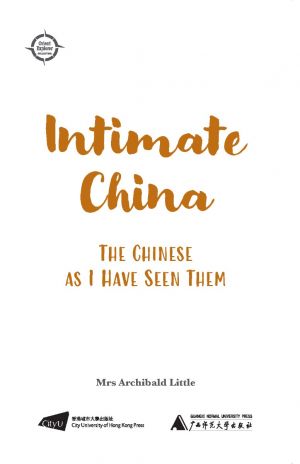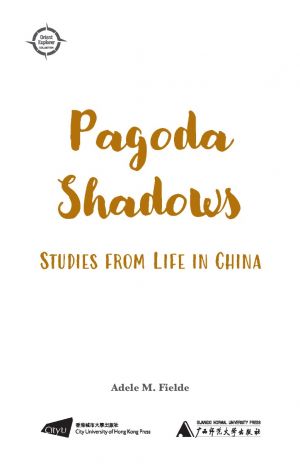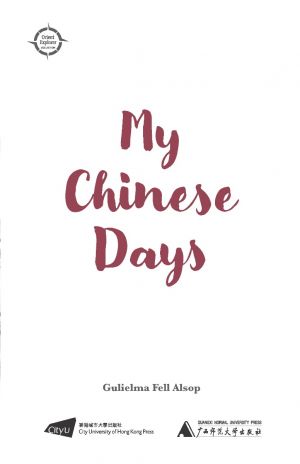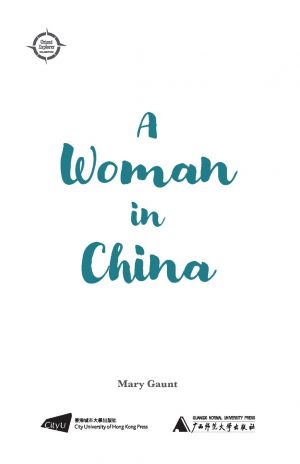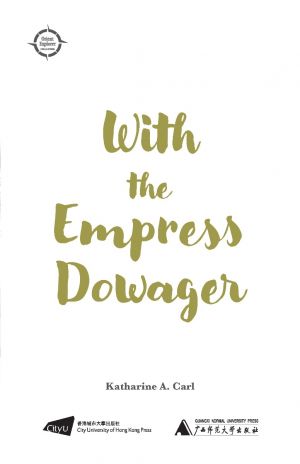Daughters of China: Sketches of Domestic Life in the Celestial Empire
HKD278.00
In stock
“The present course of our existence is made up of lights and shadows, storm and sunshine; this appears in life abroad as well as in our native land.”
The life of a missionary living in China in the mid-1800s was filled with tribulations and excitement. This dichotomy is at the forefront of this book by Eliza J. Gillet Bridgman. Beginning in 1844 with a description of her journey to Hong Kong with a company of other missionaries, Bridgman goes on to detail the events of the next seven and a half years. She married Dr Elijah Bridgman in 1845, an event that she says “did not change my purpose of being useful to Chinese girls, [but] did ... affect a change in my destination”—the first of which was Canton, where they stayed for two years before moving on to Shanghai. The couple was prominent in the missionary world, and many well-known characters are mentioned in the text, including Walter Medhurst, William Lockhart, Charles Gutzlaff, and others. Like many missionaries, she sought to learn the language to better connect with the local Chinese to convert them to Christianity.
Bridgman’s writing is reflective of the no nonsense attitude of many missionaries and incorporates excerpts of her early journal entries. Most importantly, the book includes a description of the events surrounding the establishment of a Chinese girls’ school in Shanghai in 1850, including specific details from their first year in operation. While she comments on the fortunes and status of women and girls in China, she also reflects on broader issues affecting the local population as well as the often hostile sentiments felt towards foreigners. Through her eyes, readers catch a glimpse of what missionary life was like, including accounts of various temples and festivals (which she and most missionaries described as “pagan rituals” conducted by “heathen”), their living quarters, and interactions with friends and students.
The life of a missionary living in China in the mid-1800s was filled with tribulations and excitement. This dichotomy is at the forefront of this book by Eliza J. Gillet Bridgman. Beginning in 1844 with a description of her journey to Hong Kong with a company of other missionaries, Bridgman goes on to detail the events of the next seven and a half years. She married Dr Elijah Bridgman in 1845, an event that she says “did not change my purpose of being useful to Chinese girls, [but] did ... affect a change in my destination”—the first of which was Canton, where they stayed for two years before moving on to Shanghai. The couple was prominent in the missionary world, and many well-known characters are mentioned in the text, including Walter Medhurst, William Lockhart, Charles Gutzlaff, and others. Like many missionaries, she sought to learn the language to better connect with the local Chinese to convert them to Christianity.
Bridgman’s writing is reflective of the no nonsense attitude of many missionaries and incorporates excerpts of her early journal entries. Most importantly, the book includes a description of the events surrounding the establishment of a Chinese girls’ school in Shanghai in 1850, including specific details from their first year in operation. While she comments on the fortunes and status of women and girls in China, she also reflects on broader issues affecting the local population as well as the often hostile sentiments felt towards foreigners. Through her eyes, readers catch a glimpse of what missionary life was like, including accounts of various temples and festivals (which she and most missionaries described as “pagan rituals” conducted by “heathen”), their living quarters, and interactions with friends and students.
ISBN
978-962-937-649-9
Pub. Date
Feb 9, 2024
Weight
0.8kg
Paperback
270 pages
Dimension
140 x
216 mm
Subjects
This book is part of the Orient Explorer Collection: Women Writers, a project focused on reprinting books about China and the Orient from earlier eras to reignite interest and explore how they relate to the region today.


